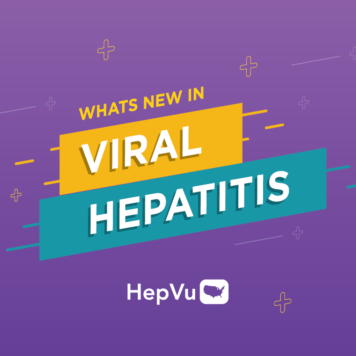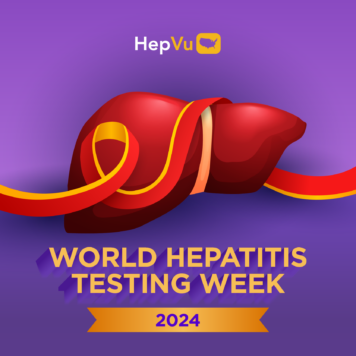Selected and summarized by Ronald O. Valdiserri, MD, MPH, Professor, Department of Epidemiology, Rollins School of Public Health, Emory University, and Co-Chair of HepVu.
Dr. Valdiserri reviews significant articles on prevention, public health, and policy advances in viral hepatitis. This month, he highlights, “Rural-Urban Residence and Maternal Hepatitis C Infection, U.S.: 2010—2018.” Authored by Ahrens KA, Rossen LM, Burgess AR, Palmsten KK, Ziller EC. American Journal of Preventive Medicine 2021; vol 60(6): 820-830.
What question(s) does this study address?
Several recent lines of evidence suggest increasing rates of Hepatitis C infection in people living in rural areas, including pregnant women. The reported prevalence of Hepatitis C infection among adolescents and young adults has increased in recent years, with notable increases in geographic regions most affected by the opioid epidemic. One analysis found that between 2014 to 2017, women in the U.S. with Hepatitis C infection at time of delivery were more likely to live in counties with populations of less than 250,000, compared to women without Hepatitis C infection. The present study used birth certificate data from the National Center for Health Statistics to model county-level maternal Hepatitis C prevalence among deliveries in the U.S. from 2010 to 2018, and prevalence estimates were based on maternal Hepatitis C documentation on the birth certificate. The goal of this modeling study was to describe geographic variations in maternal Hepatitis C prevalence at time of delivery.
What are the major findings of this report/article?
- The analysis included 32,555,153 live births in the U.S. from 2010 to 2018.
- The prevalence of maternal Hepatitis C increased from 2.0 per 1,000 births in 2010 to 5.0 per 1,000 births in 2018.
- The model demonstrated that maternal Hepatitis C prevalence was higher among women living in rural areas than among women living in large, central metropolitan counties.
- In 2018, the counties in the top 10th percentile for predicted maternal Hepatitis C rates were generally located in Appalachia, northern New England, along the northern border in the Upper Midwest, and New Mexico.
What are the implications for the prevention and control of viral hepatitis?
- The Viral Hepatitis National Strategic Plan 2021—2025 calls for the elimination of mother-to-child transmission of both Hepatitis C and Hepatitis B virus.
- Many areas of this model’s top 10th percentile counties for maternal Hepatitis C are the same areas of the U.S. that report a substantial burden of disease and death from the opioid epidemic.
- Women and men with substance use disorders are at increased risk of acquiring Hepatitis C through injection drug use.
- Implementation of interventions that reduce maternal Hepatitis C infection and address co-occurring substance use disorders may help to reduce geographic disparities in Hepatitis C prevalence among women of reproductive age.
- Integration of Hepatitis C testing and treatment services into syringe service programs and opioid treatment programs is a necessary component of comprehensive efforts to eliminate perinatal Hepatitis C transmission.



